Conversational AI vs Chatbot Unpacking the Main Differences
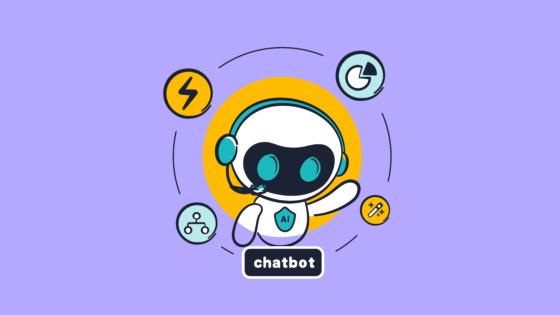
You often hear about chatbot vs conversational ai, but the difference matters. Chatbots follow rules and scripts to answer simple questions. Conversational ai uses advanced technology to understand context and respond in a human-like way. If you work in retail or e-commerce, you see chatbots handling basic customer requests, while conversational ai helps with personalized support and faster problem solving. Choosing between these tools affects how you manage customer service and boost satisfaction. Sobot AI brings both options to your business, improving operational efficiency.
| Sector/Context | Percentage Using Chatbots or Conversational AI |
|---|---|
| Companies using AI chatbots in customer experience strategies | 31% |
| US retail professionals using virtual agents and chatbots | 31.4% |
| Retail and eCommerce share of global conversational AI market | 21% |
| IT professionals implementing or having implemented chatbots | 68% |
| Organizations using AI in at least one business function | 78% |
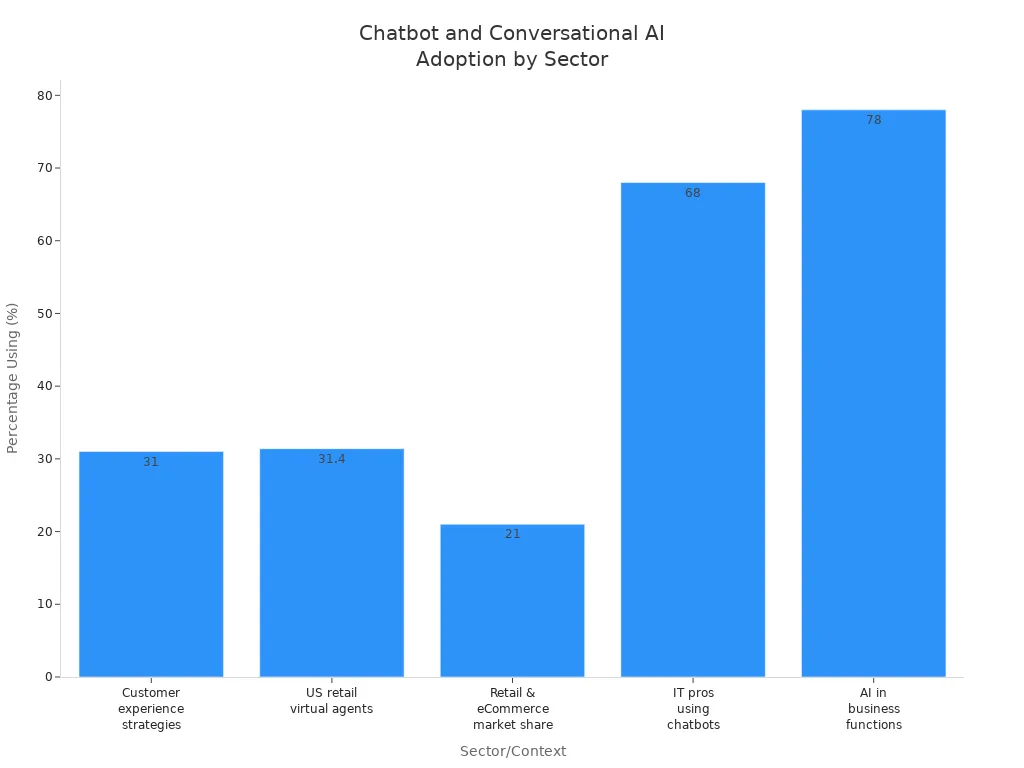
- Chatbots handle routine tasks and save time.
- Conversational ai boosts engagement and satisfaction with context-aware support.
- Sobot call center uses conversational tools to scale customer support.
Definitions
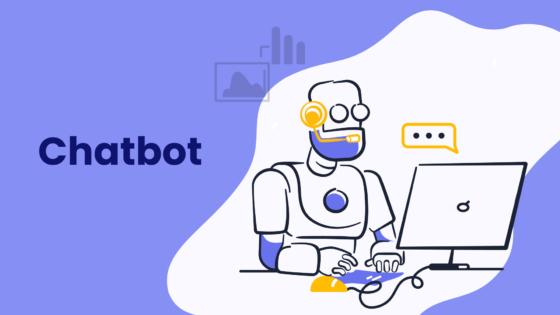
Conversational AI
You interact with conversational AI every day, often without realizing it. This technology lets computers talk with you in a way that feels natural. Conversational AI uses advanced tools like natural language processing (NLP) and machine learning to understand what you say or type. It can answer questions, solve problems, and even remember past conversations.
Conversational AI has grown from simple programs like ELIZA in 1966 to powerful systems like Siri, IBM Watson, and Google Duplex. These systems can hold real conversations, understand your intent, and respond in a human-like way.
Today, conversational AI powers many digital assistants and customer service tools. It works across text, voice, and even video channels. Large language models (LLMs) like ChatGPT and Google Bard use conversational AI to generate responses that sound natural and helpful.
Sobot’s AI platform uses conversational AI to help businesses in retail, e-commerce, and enterprise services. With Sobot, you get multilingual support, smart automation, and seamless integration across channels. This means your customers can get help anytime, anywhere, and in their preferred language. Sobot’s conversational AI learns from every interaction, making each conversation better than the last.
Chatbot
A chatbot is a computer program that talks with you using text or voice. Most chatbots follow rules or scripts. They answer simple questions, like store hours or order status. You see chatbots on websites, in apps, and on messaging platforms.
Chatbots work well for basic tasks. They use pre-set answers and can handle many requests at once. Businesses use chatbots to save time and reduce costs. For example, a chatbot can answer FAQs, help you reset a password, or schedule an appointment.
Sobot’s AI Chatbot is more than just a basic bot. It uses AI to understand your questions and provide accurate answers. You do not need to know how to code to set it up. The Sobot chatbot works 24/7, supports multiple languages, and connects with channels like WhatsApp and SMS. It helps your business handle routine tasks, so your team can focus on more complex issues.
Chatbots vs. Conversational AI
You might wonder about the difference between chatbots and conversational AI. The main difference is how they understand and respond to you.
- Chatbots often use fixed rules. They answer simple, repetitive questions. If you ask something unexpected, they may not know how to help.
- Conversational AI uses NLP and machine learning. It understands context, intent, and even emotion. It can handle complex, multi-turn conversations and adapt to your needs.
Here is a table to help you see the differences:
| Aspect | Chatbots | Conversational AI |
|---|---|---|
| Definition | Programs that simulate conversation, often rule-based | Advanced AI systems using NLP and machine learning for natural, dynamic conversations |
| Conversation Complexity | Handles simple, repetitive tasks and FAQs | Supports complex, multi-turn conversations with context awareness |
| Adaptability | Limited, struggles with complex queries | Learns and adapts to user needs |
| Integration | Basic, often limited to one channel | Integrates across multiple channels and systems |
| Scalability | May slow down with high query volume | Handles many conversations at once without slowing down |
| User Experience | Can feel repetitive and limited | Feels natural, personalized, and human-like |
Note: Sobot’s AI Chatbot fits into the broader conversational AI landscape by combining the best of both worlds. You get the speed and efficiency of a chatbot with the intelligence and adaptability of conversational AI. Sobot’s platform helps you deliver better customer experiences, whether you need simple automation or advanced, context-aware support.
When you compare chatbot vs conversational ai, you see that chatbots work best for basic, repetitive tasks. Conversational AI shines when you need deeper understanding, personalization, and seamless support across channels. Many businesses use both chatbots and conversational ai to meet different needs. Sobot’s solutions let you choose the right tool for your business, helping you improve efficiency and customer satisfaction.
Capabilities
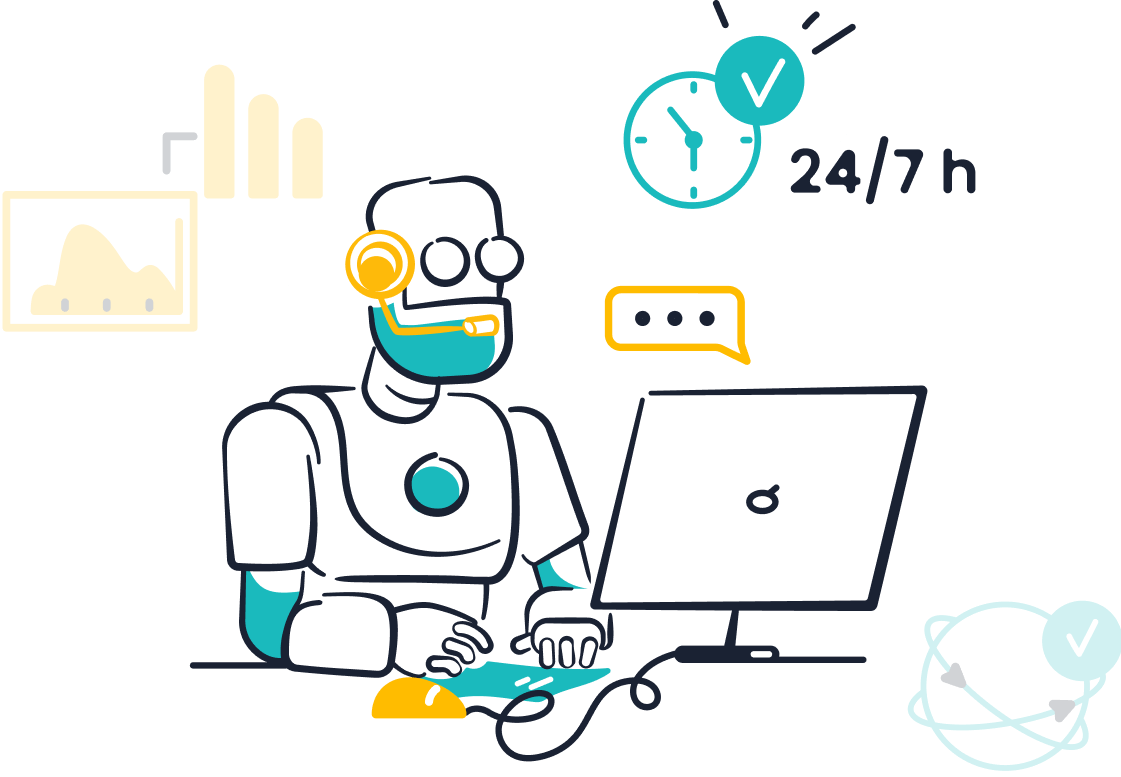
Natural Language
You interact with chatbots every day. Most chatbots use scripts and rules to answer simple questions. They often rely on keyword matching and short replies. Conversational ai takes things further. It uses natural language processing and nlp to understand what you mean, not just what you say. This technology allows conversational ai to interpret intent and context, making human-like conversations possible.
Here is a table showing how conversational ai and chatbots compare in natural language understanding:
| Capability | Conversational AI | Traditional Chatbots |
|---|---|---|
| Natural Language Processing | Uses advanced NLP to interpret intent and context, enabling human-like dialogue | Operates on predefined scripts and rules |
| Contextual Understanding | Understands conversation context for meaningful, relevant responses | Lacks deep contextual understanding |
| Learning Ability | Continuously learns and adapts from interactions | Limited or no learning from interactions |
| Sentiment Analysis | Analyzes user emotions to tailor empathetic responses | Does not incorporate sentiment analysis |
Conversational ai can analyze your emotions and adapt its replies. This makes support more personal and effective.
Context Awareness
Chatbots often give static answers. They do not remember past conversations. Conversational ai uses nlu and machine learning to track what you say over time. It can handle multi-turn dialogues and unexpected questions.
Research shows that conversational ai agents, like those in Sobot’s platform, learn from each interaction. They adapt to your needs and provide dynamic, personalized support. This leads to better customer satisfaction and higher efficiency.
For example, Sobot’s ai-powered chatbots help businesses manage complex workflows and support requests. They integrate with multiple systems and channels, making every conversation smooth and coherent.
Sobot Chatbot Features
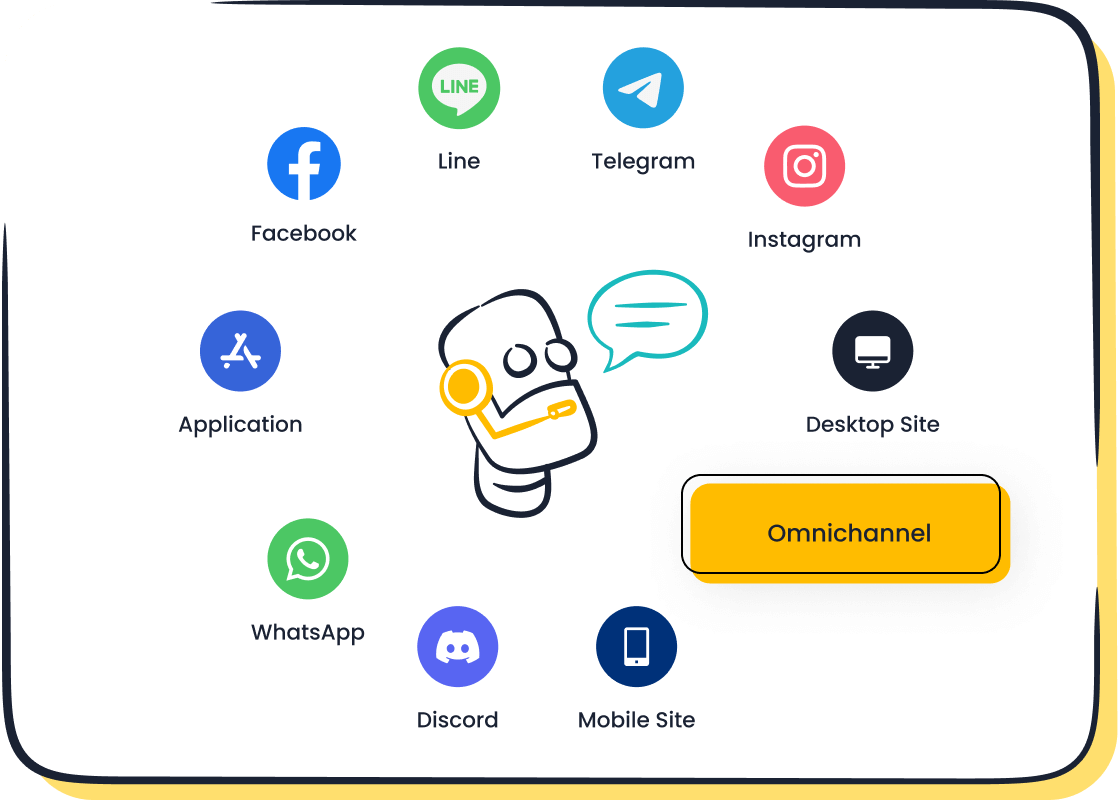
Sobot’s chatbot stands out with its multilingual support and omnichannel integration. You can connect with customers on WhatsApp, SMS, Facebook, and more. Sobot’s chatbot resolves up to 70% of routine queries, saving time and costs.
Key features include:
- Multilingual capabilities for global reach and accurate sentiment analysis.
- Omnichannel integration, centralizing all customer support channels.
- AI-powered automation for 24/7 service.
- Easy setup with no coding required.
- Comprehensive reporting with over 300 statistical reports.
Real-world results show Sobot’s impact. Agilent increased service efficiency six times, reduced costs by 25%, and reached a 95% customer satisfaction score after using Sobot’s conversational ai solutions. Samsung and OPPO also saw high satisfaction and resolution rates.
Sobot’s conversational ai and chatbots help you deliver fast, accurate, and human-like conversations across every channel.
Feature Comparison
Chatbot vs Conversational AI
When you compare chatbot vs conversational ai, you see clear differences in how each tool works and what it can do for your business. Chatbots use rules and scripts to answer questions. They often rely on keyword matching. If you ask a chatbot a question in a new way, it might not understand. For example, if you want to track a package, a chatbot may only respond if you use the exact phrase it expects.
Conversational ai platforms use advanced technology like natural language understanding and machine learning. These tools help the system understand what you mean, even if you use different words. Conversational ai can pick up on your intent, context, and even your mood. This makes the conversation feel more natural and human-like.
Here is a table that shows the main differences between chatbots and conversational ai:
| Feature | Chatbots | Conversational AI |
|---|---|---|
| Technology | Rule-based, keyword matching | NLP, machine learning, context awareness |
| Conversation Style | Scripted, linear | Dynamic, multi-turn, human-like |
| Adaptability | Limited, static responses | Learns and adapts over time |
| Personalization | Minimal, same for all users | Tailored to each user’s needs |
| Task Complexity | Handles simple, repetitive tasks | Manages complex, multi-step workflows |
| Integration | Basic, often single channel | Omnichannel, connects with many systems |
| Maintenance | Manual updates needed | Learns and improves automatically |
| Engagement | Low, can feel robotic | High, feels interactive and personal |
You will notice that chatbots and conversational ai both help automate customer service, but conversational ai gives you a smarter, more flexible experience. Chatbot vs conversational ai is not just about technology—it is about how you want your customers to feel when they interact with your brand.
Recent technology reports show that chatbots work best for high-volume, repetitive tasks like answering FAQs or onboarding new users. Conversational ai platforms go further. They can schedule meetings, analyze data, and even manage complex workflows. You get a system that remembers past conversations, suggests next steps, and adapts to your needs.
Some chatbots struggle with context. They may lose track of long conversations or give generic answers. Conversational ai keeps track of what you say, so you do not have to repeat yourself. This makes your support experience smoother and more satisfying.
Sobot Product Value
Sobot’s platform brings together the best of chatbots and conversational ai. You get a solution that is easy to set up and powerful enough to handle complex customer needs. Sobot’s chatbot automates routine questions, saving your team time and reducing costs. It works across channels like WhatsApp, SMS, and Facebook, so your customers can reach you anywhere.
Here are some ways Sobot’s chatbot and conversational ai add value:
- You can automate up to 70% of routine queries, freeing your agents for more important tasks.
- The system supports multiple languages, so you can serve customers around the world.
- Sobot’s chatbot uses AI to understand intent and context, giving accurate answers every time.
- You do not need to code. The point-and-click interface lets you build workflows quickly.
- The platform provides over 300 statistical reports, helping you track performance and optimize your service.
Sobot’s conversational ai platform also integrates with your existing systems. You can connect it to your CRM, ticketing, or feedback tools. This means you get a unified view of your customer interactions. The platform handles high volumes of inquiries without slowing down, so you never miss a message.
For example, Agilent used Sobot’s conversational ai to boost their customer service efficiency by six times. They reduced costs by 25% and achieved a 95% customer satisfaction score. Sobot’s chatbot handled routine questions, while human agents focused on complex issues. This shows how chatbots and conversational ai can work together to improve your business.
Sobot’s integration with WhatsApp Business API lets you manage both automated and real-time conversations in one place. You get a user-friendly interface that keeps your support team from feeling overwhelmed, even during busy times.
Security & Compliance
When you use chatbots and conversational ai, you need to keep your customer data safe. Sobot’s platform puts security and compliance first. The system uses data encryption and follows strict privacy rules like GDPR. This protects sensitive information and builds trust with your customers.
Here are some key points about Sobot’s security and compliance:
- Data encryption keeps your customer information safe during every interaction.
- The platform supports GDPR compliance, so you meet international privacy standards.
- Sobot provides continuous encrypted backups, so your data stays secure even if something goes wrong.
- You can control who accesses your data, reducing the risk of leaks or misuse.
Some chatbots have trouble with data privacy. They may not integrate well with your existing systems, which can lead to workflow problems or security gaps. Sobot’s conversational ai platform solves this by offering seamless integration with your customer service tools. You get a secure, unified solution that keeps your data protected.
Tip: Always choose a chatbot or conversational ai platform that meets your industry’s security and compliance needs. This helps you avoid risks and keeps your customers’ trust.
Use Cases
Customer Service
You see chatbots everywhere in customer service. They answer questions, collect feedback, and help you any time of day. Many companies use chatbots to handle FAQs, gather opinions, and support customers in different languages. This makes your experience smoother and faster.
Here is a table showing common ways chatbots and conversational ai help in customer service:
| Use Case | Description |
|---|---|
| 24/7 Support | Virtual agents provide help anytime, like a jewelry retail bot offering round-the-clock service. |
| FAQs | Chatbots answer common questions instantly, reducing agent workload. |
| Feedback Collection | Bots collect your reactions and opinions to improve services. |
| Multilingual Support | Chatbots talk to you in your language, making support global. |
| AI Voice Assistants | Automated calls guide you through menus and solve simple issues. |
| Call Center Automation | Bots route calls and answer FAQs, letting staff focus on complex problems. |
The Conversation Booster uses AI to detect when you change your mind during a chat. It keeps the conversation on track, helping with tasks like payments or scheduling.
Chatbots also know when to send you to a live agent. This smart handover reduces wait times and makes sure you get the right help.
Ecommerce
In ecommerce, chatbots and conversational ai boost sales and make shopping easier. You get product suggestions, reminders, and answers to your questions right away.
Here is a table with real results from ecommerce businesses:
| Metric/Outcome | Description | Performance Improvement |
|---|---|---|
| Conversion Rate Lift | AI-powered content increases conversions | Up to 23% |
| Personalized Recommendations | Chatbots suggest products based on your browsing and purchases | Up to 20% boost |
| Cart Abandonment Recovery | AI chatbots remind you about items left in your cart | 25% reduction in abandonment |
| Average Order Value | Personalized offers increase how much you spend | 15% increase |
| Scalability | AI agents handle many chats at once, keeping service personal | Higher satisfaction, more sales |
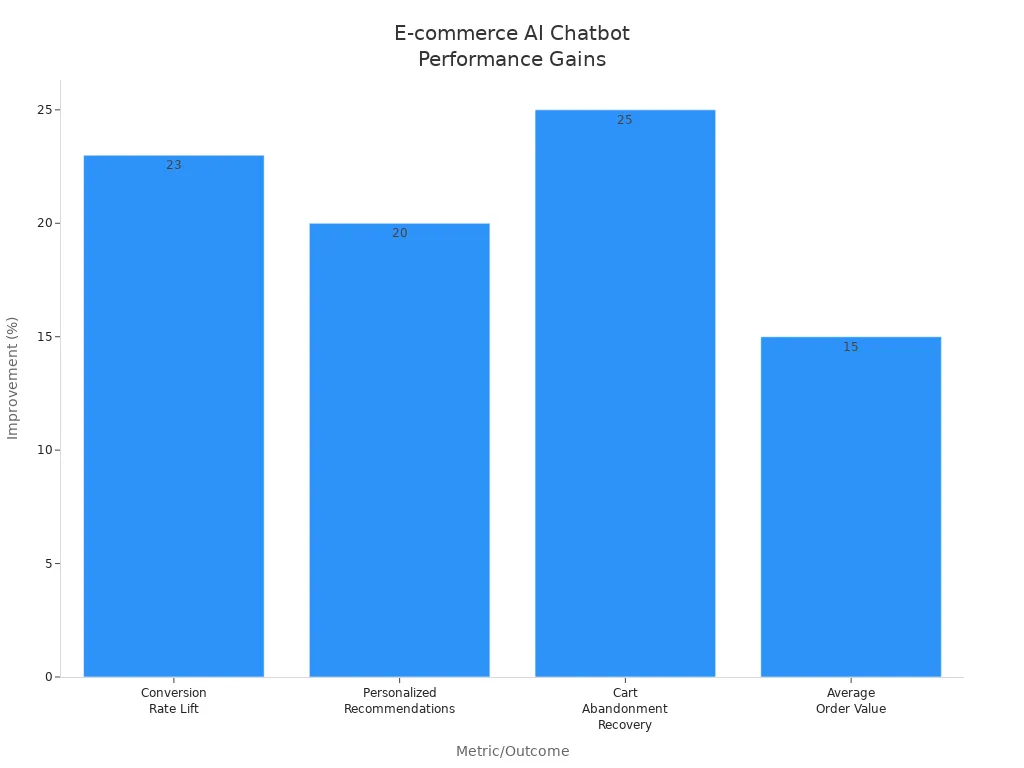
You benefit from faster answers, better product matches, and fewer abandoned carts. Companies like Walmart and Sephora use conversational ai to give you a more personal shopping experience.
Sobot Success Stories
Sobot’s solutions help you get better service and save time. For example, Agilent used Sobot’s AI chatbot to boost efficiency by six times and cut costs by 25%. Sobot’s chatbots reduced support tickets by 40% and raised customer satisfaction by 30%.
Here is a table with Sobot’s impact:
| Company | Impact Metric | Result |
|---|---|---|
| Agilent | Efficiency Increase | 6X |
| Agilent | Cost Reduction | 25% |
| Sobot | Fewer Support Tickets | 40% |
| Sobot | Higher Satisfaction | 30% |
You see these results because Sobot’s conversational ai and chatbots work together. They answer routine questions, help agents focus on complex issues, and keep your data safe.
Companies using Sobot report up to 25% savings in costs and faster query resolution. Customer satisfaction scores rise by 15-20% with emotionally intelligent support.
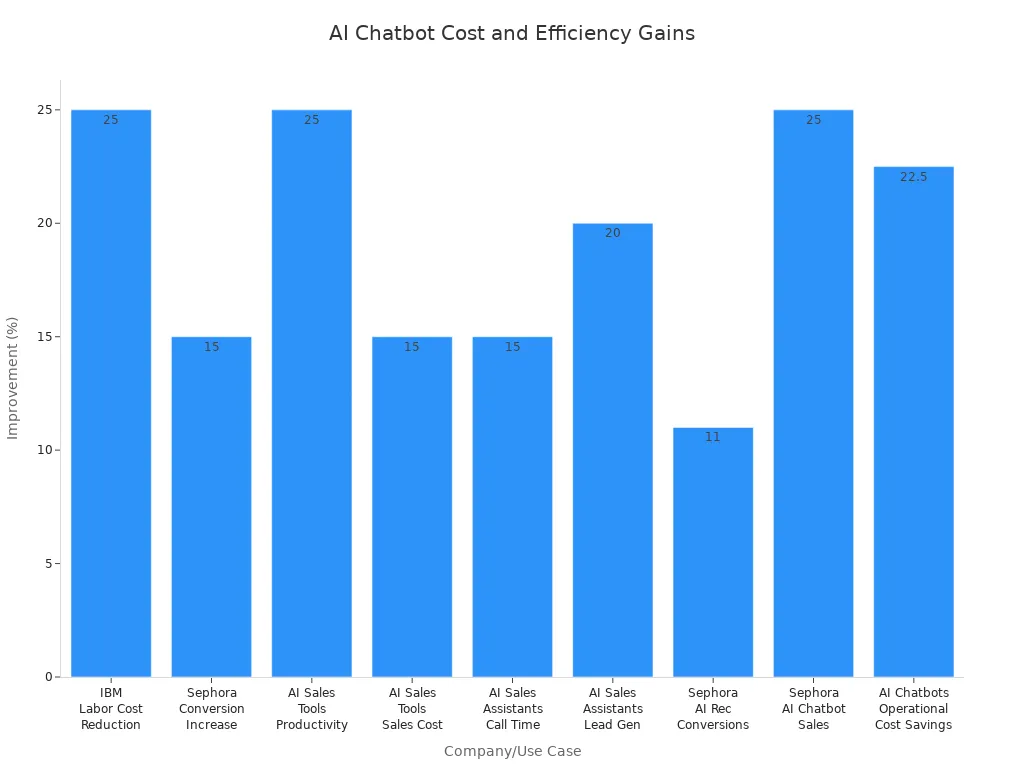
Sobot’s conversational platform helps you get answers quickly, shop smarter, and enjoy better support every day. Learn more about Sobot’s solutions at Sobot’s official website.
Choosing Solutions
Chatbots and Conversational AI
You face many choices when deciding between chatbots and conversational ai for your business. You should start by considering your goals. If you want to automate simple tasks, chatbots work well. If you need deeper understanding and personalized support, conversational ai offers more advanced capabilities.
Here are important criteria to help you choose:
- Natural language processing for understanding and responding naturally
- Learning and personalization to adapt over time
- Integration with your CRM, eCommerce, or helpdesk systems
- Easy customization for your brand’s needs
- Analytics and reporting for performance insights
- Security and compliance to protect customer data
| Chatbot Type | Description | Key Considerations |
|---|---|---|
| Rule-based Chatbots | Scripted responses for predictable queries | Simple tasks, low cost |
| AI-driven Chatbots | Use AI to understand and respond to varied inputs | Complex tasks, requires expertise |
| Hybrid Chatbots | Combine rule-based and AI elements | Mixed complexity, careful design |
| Conversational AI | Advanced AI for human-like, context-aware conversations | High resource needs, best for complex tasks |
You should match the solution to your business needs, task complexity, and available resources.
Sobot for Business
Sobot helps you implement chatbots and conversational ai with a proven methodology. You get support at every stage, from planning to optimization. Sobot’s platform integrates with your existing systems, supports multilingual and omnichannel service, and provides real-time analytics.
Sobot’s AI chatbots scale with your business, handling more queries without extra staff. You maintain a consistent brand voice and deliver instant, personalized support. Sobot’s co-pilots assist your agents, boosting productivity and customer satisfaction.
| Challenge Faced by Businesses | How Sobot Addresses the Challenge |
|---|---|
| Integration with existing systems | Seamless CRM and tool integration |
| Maintaining brand voice | Clear messaging guidelines |
| Timely engagement | 24/7 instant responses |
| Scalability | Elastic AI chatbot management |
| Escalation prevention | Proactive issue resolution |
Implementation Steps
Follow these steps to launch Sobot’s chatbots and conversational ai:
- Identify your business needs and goals.
- Choose the right Sobot solution for scalability and integration.
- Integrate with your systems using cloud and API best practices.
- Train and customize the chatbot with your knowledge base and workflows.
- Monitor and optimize performance using analytics and feedback.
Tip: Sobot’s support team guides you through every step, ensuring a smooth transition and ongoing success.
You now see that chatbots work best for simple, repetitive tasks like answering FAQs, while conversational AI handles complex, personalized conversations. Experts recommend using chatbots for high-volume support and conversational AI for deeper engagement. Sobot’s solutions let you match the right tool to your needs, helping you improve efficiency and customer satisfaction. To get started, explore Sobot’s guides, review success stories, and try the easy-to-use platform for your business.
FAQ
What is the main difference between chatbot vs conversational ai?
You see chatbots answer simple questions using rules. Conversational AI understands context and intent. It uses advanced technology like NLP and machine learning. You get more natural, human-like conversations with conversational AI.
Tip: Choose conversational AI for complex support and chatbots for routine tasks.
How does Sobot’s chatbot vs conversational ai improve customer service?
Sobot’s chatbot vs conversational ai helps you automate up to 70% of queries. You save time and reduce costs. Conversational AI gives personalized answers and remembers past chats. You boost customer satisfaction and efficiency.
Can chatbot vs conversational ai handle multiple languages?
Yes, you can use chatbot vs conversational ai to support many languages. Sobot’s platform lets you talk to customers worldwide. You provide accurate answers in their preferred language, improving global reach and satisfaction.
| Feature | Chatbot vs Conversational AI |
|---|---|
| Multilingual Support | ✅ |
| 24/7 Availability | ✅ |
| Personalized Replies | ✅ |
Is chatbot vs conversational ai secure for handling customer data?
You get strong security with chatbot vs conversational ai. Sobot uses data encryption and follows GDPR rules. Your customer information stays safe. You control access and keep data protected during every interaction.
When should you choose chatbot vs conversational ai for your business?
You pick chatbots for simple, repetitive tasks like FAQs. You choose conversational AI for complex, multi-step support. Sobot’s solutions let you match the right tool to your needs, improving efficiency and customer satisfaction.
Note: Review your business goals before deciding on chatbot vs conversational ai.
See Also
How To Select The Most Effective Chatbot Platform
Simple Steps To Add Chatbot Examples On Websites
Ways Chatbots Enhance Customer Experience In E-commerce
